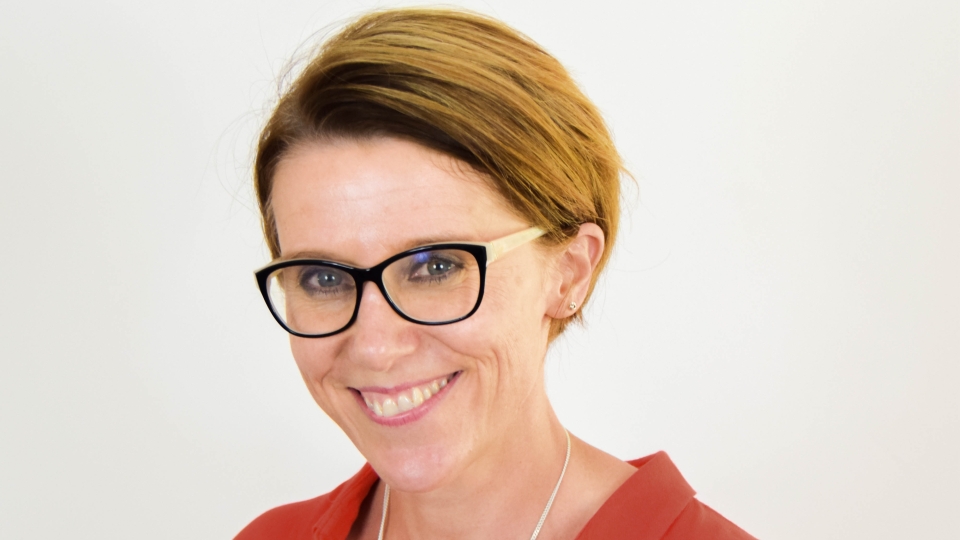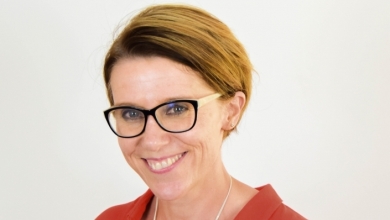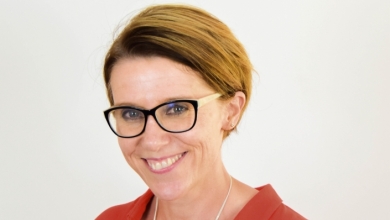
A recently published global partner marketing report from Coterie suggests that the traditional bronze, silver, and gold partner tier system is no longer fitting.
As a result, vendors who do have specialisms are beginning to “shift away from the classic bronze, silver, gold,” Helen Curtis (pictured), founding director at Coterie, told IT Europa via a Zoom meeting.
“They are recognising the shift to things being as a service. Looking at the skills, we still see a lot of bronze, silver, gold, and we still see a lot of tiering partners by revenue. Again, some organisations are doing that, but it is not across the board,” she added.
Produced in partnership with the University of Huddersfield, research by Coterie suggests that partners prefer segmentation based around marketing skill mapping and a continuous mapping process to move and adjust as end user and partner needs change.
“One of the things that came out by speaking to all the interviewees was around the fact that the market is changing and shifting so much. It's about understanding the metrics around - yes, revenue is a factor – but what skills do they have, what gaps have they got, which markets are they playing in as well,” Curtis said.
According to Jo Dunkley, business development and marketing director at Coterie, the challenge for eco-system marketers lies in being able to nurture relationships, which she says is key to anything channel.
“Even from the marketing point of view, the individual managing ecosystems marketing or partner marketing, their number one skill set does need to be about relationships,” she said.
However, both Curtis and Dunkley believe the pandemic, and the measures to contain it, has made it more difficult for marketers trying to unlock the door to better relationships with new ecosystem partners.
“I think marketers are having to be a lot more creative to try and compete in the marketplace and get their partners' awareness up there and be consistent,” Dunkley said.
“I think there is a massive opportunity for marketers in this partner marketing arena at the moment to be almost driving the agenda, rather than managing the agenda, which I think is what has happened in the past,” she added.
Another skill point raised in the report, Curtis said, was where respondents discussed a perceived marketing innovation deficit in ecosystems marketing, with “several bemoaning little marketing innovations evident in practice, and a marketing skills gap emerging within ecosystems marketing”.
Curtis said that distinguishing what kind of partner journey they are on as well is also very important.
"Are you marketing to them, with them, or through them? Again, that's some of the complexities of the ecosystem, and they require a different approach, again it's not kind of a one size fits all,” she said.
“So, looking at that journey for partner experience through those different lenses, will make such a difference to that partner’s experience,” she added.
In terms of continuous mapping, Curtis said the findings from the report indicate there is a need to keep tabs on the evolution of the ecosystem over time i.e., which partners should vendors work with while monitoring changes in needs of end-users.
“This requires agility to be built into the marketing ecosystem to respond to these changes alongside this continuous ‘market scanning,’” she said.
Curtis said their partner marketing specialists also noted a marked shift to shorter term ecosystem collectives “with continuous vendor engagement and continuous agreements negotiated along the way as part of the mapping and monitoring process”.
“The end of traditional tiers as we know them is just one casualty of the ongoing pandemic, the full repercussions of which – and how it will shape our lives as consumers and marketers over the next several years – we will only discover once the dust has settled,” she concluded.


